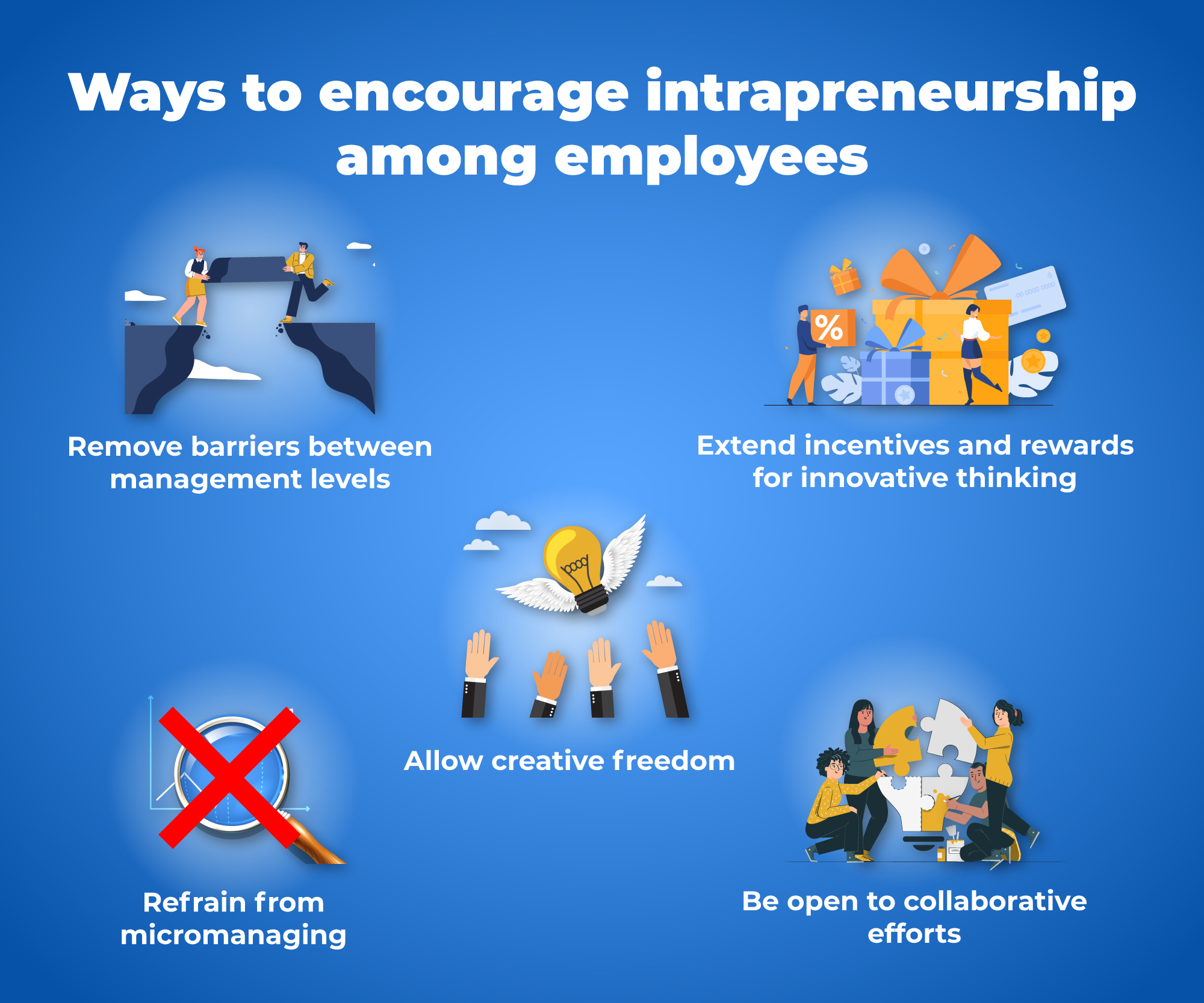
Ed Schultz, the president and CEO of Hawaiian Host Group (HHG), recently won the Intrapreneur of the Year award. This conferment has brought intrapreneurship back into the spotlight. When Schultz joined HHG, it was a century-old company with a reputation for lacking innovation. In 2019, Schultz announced that the company needed to shift its course. He encouraged those in leadership offices to push the company’s “people to find a product or a process they can take ownership of, to improve, and to act like an entrepreneur with the safety net of a big company behind them.”
Schultz was able to tap into the essence of being an intrapreneur. His team’s efforts bore fruit, pulling the company out of the pandemic slump. In 2021, they launched a novel ice cream made from macadamia milk and Koho, a new line of premium chocolates. The brand has generated sales worth $5 million since its introduction.
Intrapreneurs may be the beacons of business that (struggling) companies need. Moreover, they don’t even cost an extra penny because they are already on the company’s payroll. So let’s look closer at why an intrapreneur is such a valuable corporate resource.
Intrapreneur vs entrepreneur: How are the two different?
Pick any company on the globe today, and you will find one commonality. A person or group with an ‘entrepreneurial’ spirit started these companies. What is this spirit? According to businesspersons, entrepreneurship involves a long-term investment of time and money. This time and money go into building an enterprise from the ground up based on an idea for a new product or service. An entrepreneur is seen (or is expected to be seen) as someone who uniquely and successfully develops a product or a service to introduce it into the market strategically. The possibility of failure does not dissuade an entrepreneur. On the contrary, they confidently pitch the potential of their idea to investors to attract funding. In today’s startup culture, entrepreneurial skills are golden, especially regarding unconventional yet relevant ideas.
Intrapreneurship is essentially entrepreneurship but with a safety net. The core principles that govern the two remain the same: passion and innovation. However, unlike entrepreneurs, intrapreneurs develop business ideas within the organisational structure of the company where they are employed. As mentioned before, the employer protects intrapreneurs. Therefore, even if their concept fails, they still have a job.
On the other hand, entrepreneurs may run through their funds without the business picking up pace and making a profit. In such a situation, the entrepreneur may get caught in a debt trap. An intrapreneur does not need to worry about any of this. All they need to do is pitch their product or service idea to the higher-ups of their organisation and convince them to invest in it. The assurance that their employment would not be in jeopardy in case their idea fails gives intrapreneurs the creative space to experiment and explore. Unfortunately, this luxury is usually not available to budding entrepreneurs.
Anyone can be an intrapreneur!
You don’t have to graduate from a top-tier B-school or be a hotshot executive in a big multinational to be an intrapreneur. Developing creative solutions in the form of products or services can come to anyone. All you need is a keen eye for identifying and selling innovation opportunities to your organisation’s upper management.
Some of the hottest products and services have come from the minds of the most unlikely individuals. Some of them have been so far down the organisational ladder that they were virtually nonexistent. Take the example of Richard Montañez. Montañez was an ordinary janitor at Frito-Lay in the 1980s. The company was experiencing a tough time in the market, and Roger Enrico, the CEO then, was looking for ways to innovate. So he devised an initiative to encourage employees to “act as owners”.
For Montañez, this was an opportunity of a lifetime. While shopping at a local store, Montañez noticed that no snack product catered to the Latin-American demographic. Realising this, Montañez took home a bag of Cheetos and mixed them in a homemade spice preparation. He then filled out 100 baggies with his product and presented it to the CEO and the Frito-Lay board. Flamin’ Hot Cheetos was thus born and has since remained one of the company’s top-selling products. Later, Montañez attained the post of VP of Multicultural Sales and Community Promotions at PepsiCo.
Another example is that of Swan Vesta, the famous British matchbox brand. In the early 1900s, a factory worker had a brilliant-beyond-brilliant idea that could save the company millions of pounds in production costs. His idea was to integrate the sandpaper strike on only one side of the matchbox instead of both sides, which was the prevailing practice back then. Unfortunately, the senior management dismissed his idea, basing their rejection on the fact that a low-level factory worker couldn’t develop such a simple yet ingenious solution. Nevertheless, the worker somehow managed to get his foot in the door and grab a few precious minutes with the higher-ups to sell his idea. Though reluctant, the company implemented this simple innovation, and as the worker had predicted, the matchbox behemoth saved millions.

A mutually beneficial relationship
Intrapreneurs are the best example of self-starters. Established companies usually fall behind the curve due to a lack of innovation and ingrained rigidity. This leaves them unable to adapt to the changing market conditions and consumer preferences. Promoting employee-initiated ideas is, thus, beneficial for both the company and its people. For the company, tapping into the entrepreneurial skills of workers leads to more scope for innovation and outside-the-box thinking. These qualities would help the company constantly improve its standing in the industry and enhance its brand value in the market, increasing profits. For individuals working in such companies, the ownership of their ideas would make them more responsible toward customers and push them to execute these ideas with more gusto.
More importantly, being an intrapreneur could be a stepping stone to full-fledged entrepreneurship. In a world where people are actively advocating ‘quiet quitting’, providing workers with a safe space to explore innovative, actionable ideas could be an effective way for organisations to support their people in finding meaning in their work. Many MNCs which resort to unnecessary mass layoffs could also take a page out of this approach to save their company.



